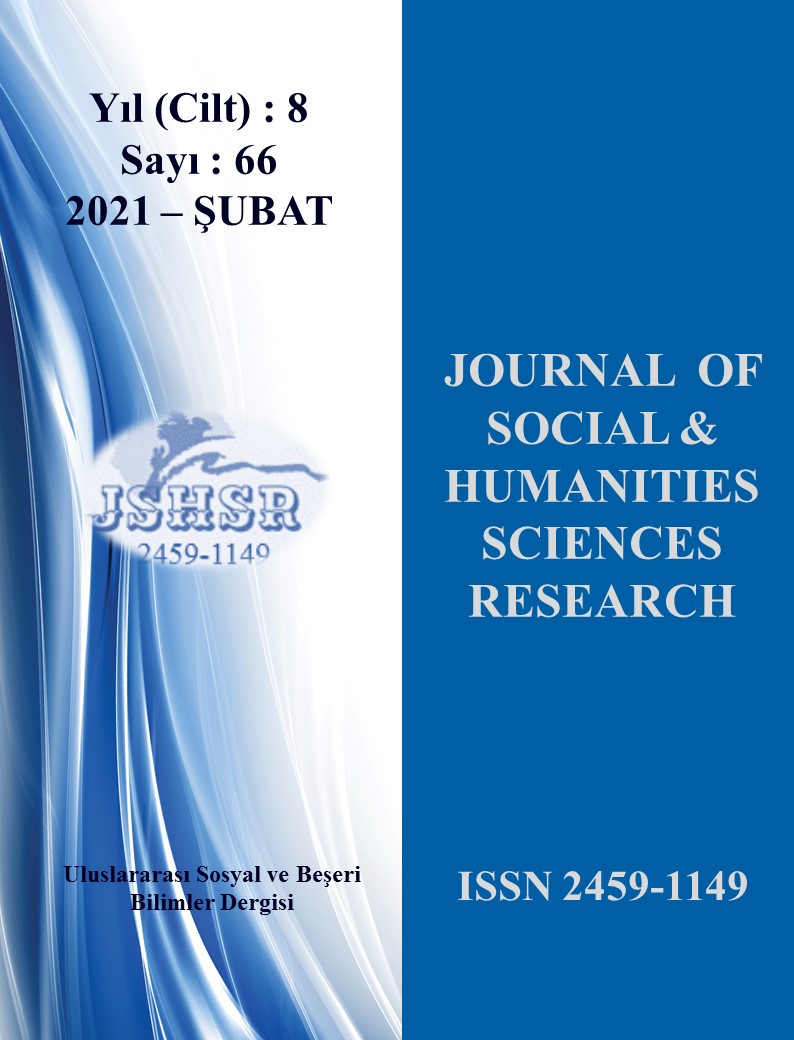THE EFFECT OF BRAND ON INTERNATIONAL PHARMACEUTICAL TRADE OF GENERIC DRUGS
DOI:
https://doi.org/10.26450/jshsr.2292Anahtar Kelimeler:
Pharmaceutical industry, Generic brands, Branded medicines, Customer buying behaviour, BrandingÖzet
Branding is the process of registering the name of the product in the customer's mind. Customers indicated that they would rather buy branded drugs in the main treatment group proposed in the study. This translates into a strong increase in overall competitiveness. The market is based on three main players: the country, doctors and patients. Some of the industry's main issues include government price controls, the cost of new product launches, and the increasing number of people influencing product choices, meaning it's no longer just doctors. In a longer period of time, it is much easier to build awareness, because learning can be improved through repetition and reinforcement of learning. Many studies have been conducted into whether brands play a role in consumer purchases. Currently, pharmaceutical brands are still in their infancy in the technological methods employed by their FMCG counterparts. In the rapidly changing consumer goods industry, pharmaceutical companies are developing products as early as possible due to the competitive market. In some cases, the power of branding is so great that, for example, the Nescafe brand is often used as a collective name when associated with coffee. In the world of branded drugs, the research and development cycle is long, the risk is high, and the costs are high. The results of this study will be beneficial; for pharmaceutical companies in better understanding the environment of the market and the position of both of this medication in the consumer's perspective.
İndir
Yayınlanmış
Nasıl Atıf Yapılır
Sayı
Bölüm
Lisans
Telif Hakkı (c) 2021 International JOURNAL OF SOCIAL HUMANITIES SCIENCES RESEARCH

Bu çalışma Creative Commons Attribution 4.0 International License ile lisanslanmıştır.


